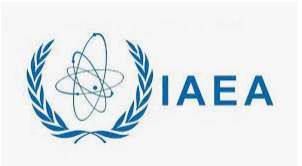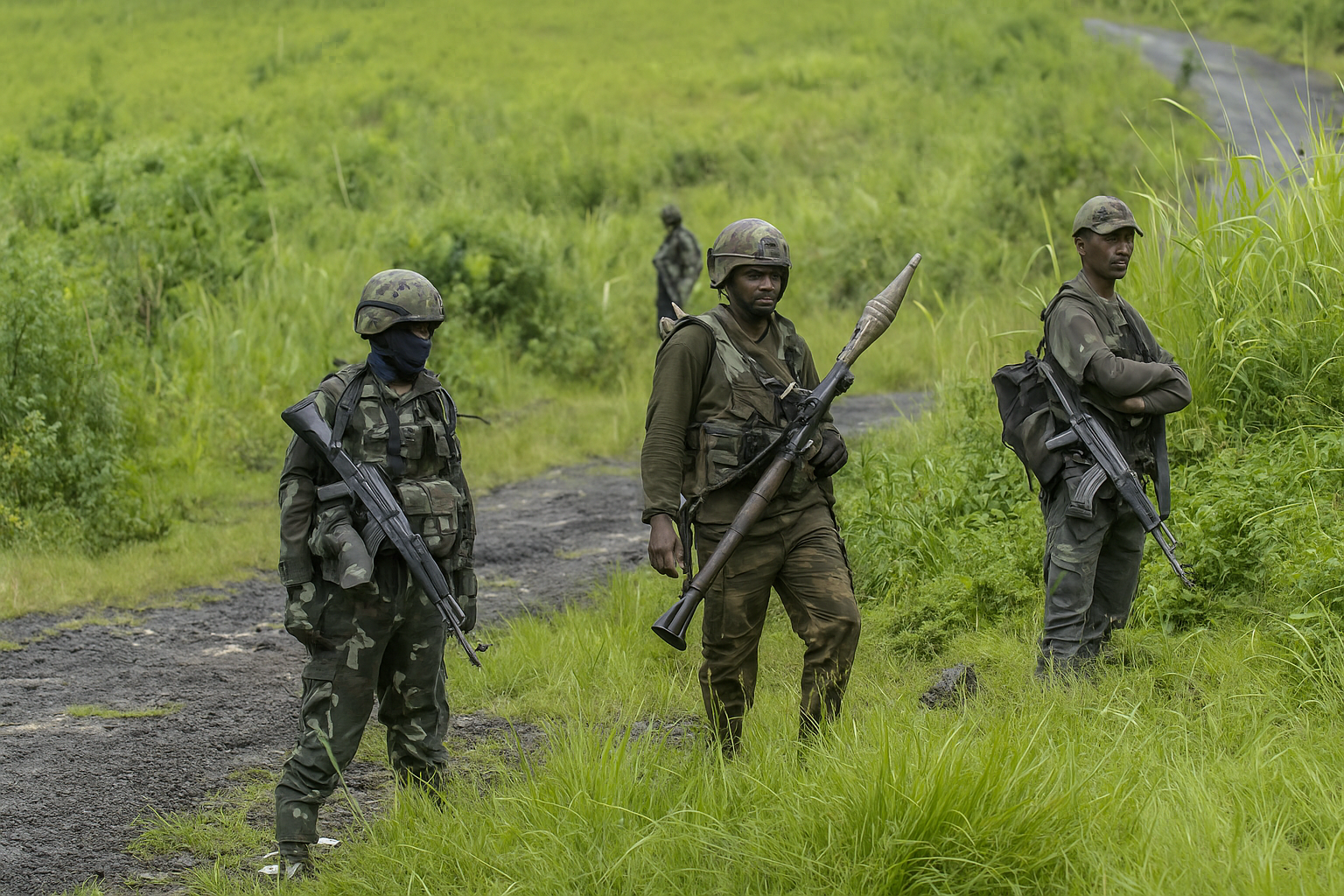Description

Copyright infringement is not intended
Context: President Putin agrees to IAEA-Russia-Ukraine meeting by video link or in third country to develop a mechanism for ensuring the safety of nuclear facilities in Ukraine.
- Russia’s armed forces seized control of the Zaporizhzhia and Chernobyl nuclear power stations during a special military operation in Ukraine.
About IAEA:
- In 1957 IAEA was created in response to rapid advancement and diverse uses of nuclear technology
- This “Atoms for Peace” organizationestablished independently from United Nations, through its own Statute that defines its structure and functions.
- However, This autonomous organisation reports to both United Nations General Assembly and Security Council
- IAEA has its headquarters in Vienna, Austria
IAEA Missions:
- Peaceful uses:Promoting the peaceful uses of nuclear energy by its member states
- Safeguards:Implementing safeguards to verify that nuclear energy is not used for military purposes
- Nuclear safety: Promoting high standards for nuclear safety
IAEA Functions:
- It researches use of atomic energy in other areas such as agriculture, industry and medicine.
- IAEA's plays crucial role in generating public awareness and supporting efforts to make nuclear power more affordable
- It advises its members about developing and operating nuclear power stations and disposing of radioactive waste.
- It played a big role in the Ukraine's Chernobyl nuclear power station disaster management.
- Its serve as scientifically credible institution for objective analysis, expert advice, standard setting, technology transfer, credible oversight and verification.
Issue and Challenges:
- IAEA mission are growing, but its resources are still limited. Raising funds from the private sector or from public-private partnerships can lead to conflict of interest.
- It has no authority to act on its own; it relies on the willingness of nations to cooperate, or on a UN mandate. Therefore, the agency enjoys only "uneven authority".
- Non-cooperation from NPT non-signatory nuclear powered countries such as North Korea, Israel makes it almost impossible for the agency to monitor nuclear activities.
- Nuclear Suppliers Group (NSG) is a multilateral export control regime that seeks to prevent nuclear proliferation by controlling the export of materials, equipment and technology that can be used to manufacture nuclear weapons. It was founded in response to Indian nuclear test in1974.
- Non-Proliferation Treaty (NPT) is an international treaty whose objective is to prevent the spread of nuclear weapons and weapons technology, to promote cooperation in the peaceful uses of nuclear energy, and to further the goal of achieving complete nuclear disarmament. India is neither a signatory to NPT nor a member of NSG.
- IAEA has been accused of restricting the transfer of nuclear know-how to developing countries, hindering their social and economic development citing its statute as the reason behind this restriction
- IAEA response to Fukushima nuclear disaster was highly criticised as the agency failed to play a proactive role in nuclear safety after witnessing Chernobyl.
India and IAEA:
- India is a founding member of IAEA
- Presently, 26 Indian nuclear facilities are under this international nuclear energy watchdog
- India is actively contributing to the work of IAEA and assisting other countries in developing aspects of nuclear science.
- India signed the comprehensive safeguards agreement (CSA) and Additional Protocol (AP) with the IAEA in 2009 to send a strong signal to the international community that it is a “serious and responsible” nuclear weapons state amid its keen to become a member of NSG.
- IAEA can assist India to internationalise its Indigenous technologies developed by the Bhabha Atomic Research Centre, such as Bharat Kavach, a carbon nanotube-based bullet proof jacket, and Bhabhatron, a cobalt therapy machine for treating cancer, to other countries.
- Comprehensive Safeguards agreement: IAEA inspectors regularly visit declared nuclear facilities to verify records maintained by State authorities on the whereabouts of nuclear material under their control.
- Additional Protocol: It is a more intensive, and voluntary form of safeguarding, which allows for extended inspections with the most advanced technique. This legal document, aims to provide assurances to both declared and undeclared nuclear sites.
Way forward:
- World must strengthen the ability of IAEA to promote independent assessments of nuclear safety so that the public would be better served by it.
https://newsonair.gov.in/News?title=President-Putin-agrees-to-IAEA-Russia-Ukraine-meeting-by-video-link-or-in-third-country%3a-Kremlin&id=436717






